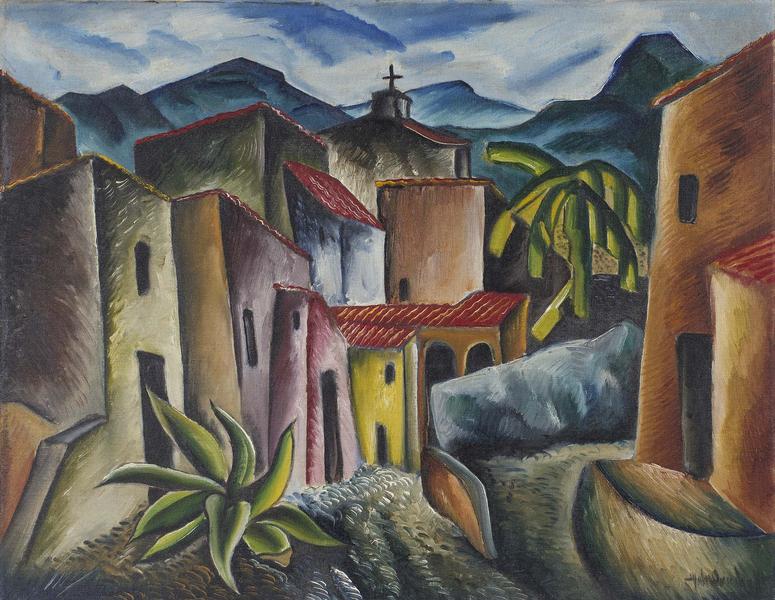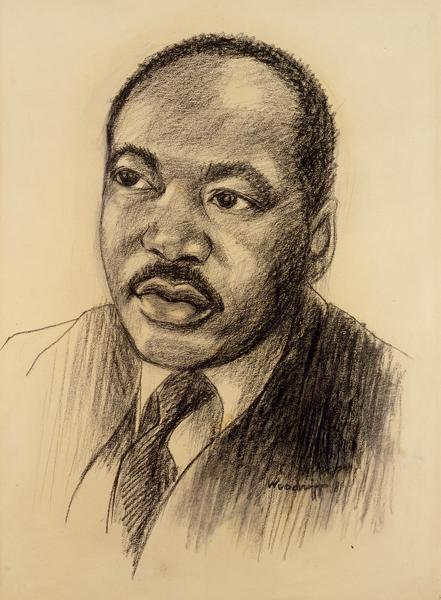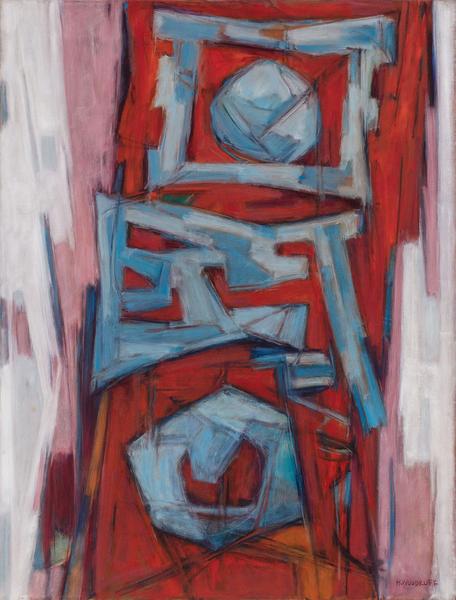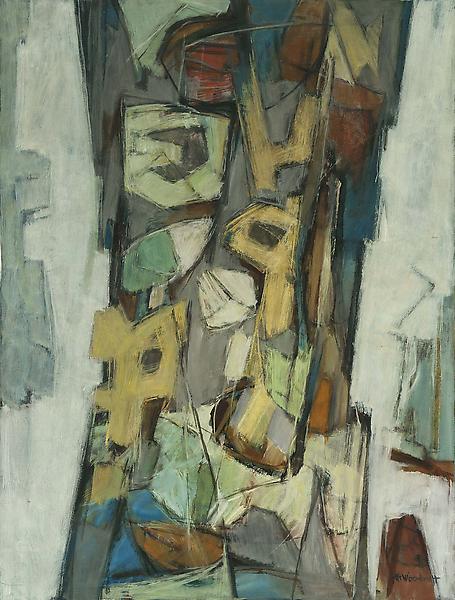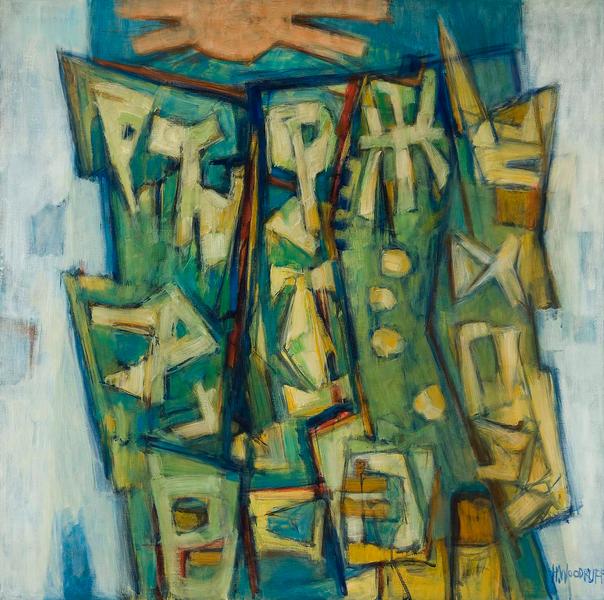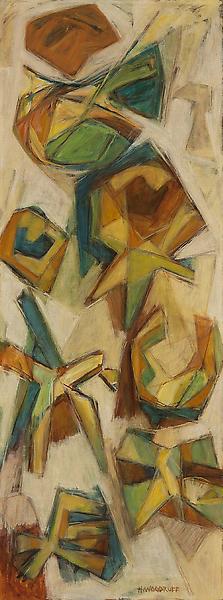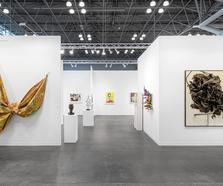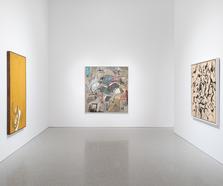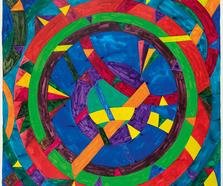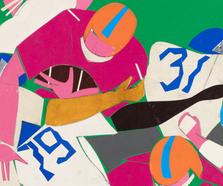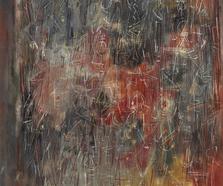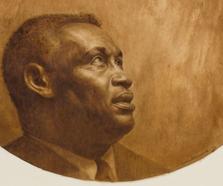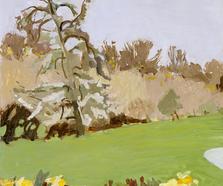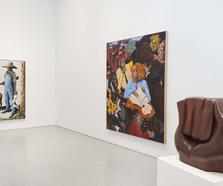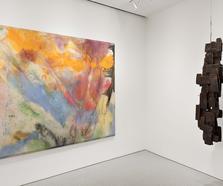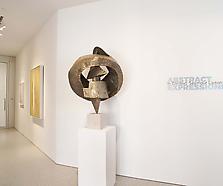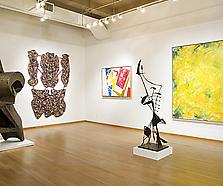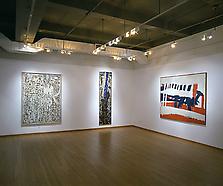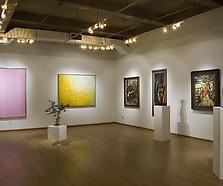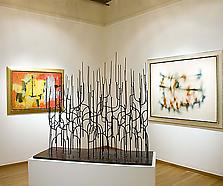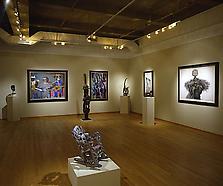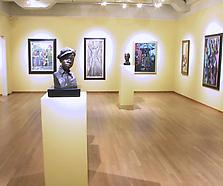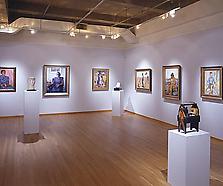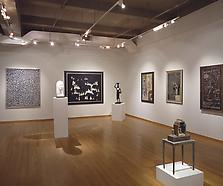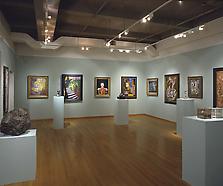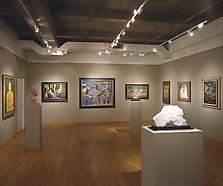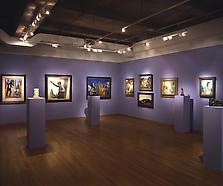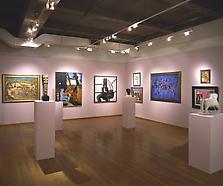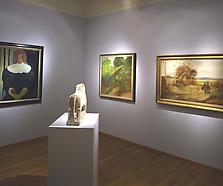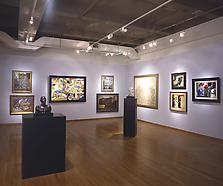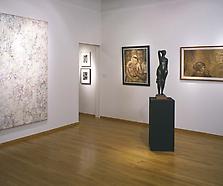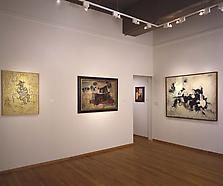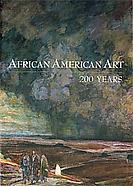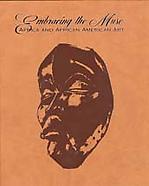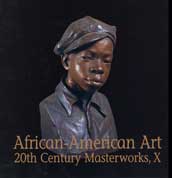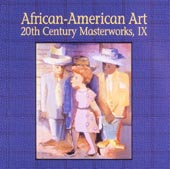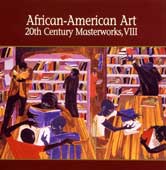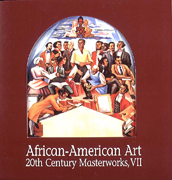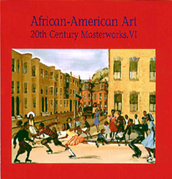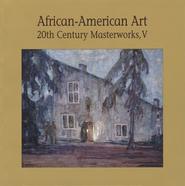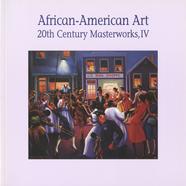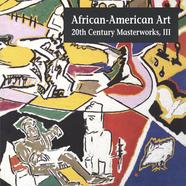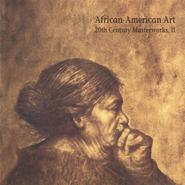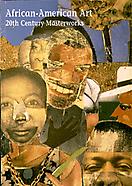“I think abstractly because I think that abstraction is another kind of reality. And although [as an artist] you may see a realistic subject like a glass or table or chair, you have to…transform that into a picture, and my whole feeling is that to get the spectator involved, [art] has to extend his vision, not…verify that which he already knows, but extend his vision and his way of seeing so that there is a wider experience open…to him, and this is the way I work.”[i]
Hale Aspacio Woodruff was born in Cairo, Illinois and raised in Nashville, Tennessee, by his widowed mother, Augusta, a domestic laborer who recognized her son’s gift for art and encouraged it. In high school, Woodruff was the school paper’s cartoonist, and after graduating in 1918, he moved to Indianapolis to study at the John Herron Art Institute. Unfortunately, his art education was cut short when he could no longer afford tuition. In the early 1920s, Woodruff moved to Chicago in search of better opportunities. He applied to and was accepted by the School of the Art Institute of Chicago, but was dissatisfied with the program and returned to Indiana. Woodruff’s passion for African art was sparked when local art dealer Herman Lieber gave him a book by Carl Einstein titled Afrikanische Plastik. Although Woodruff spoke no German, he was captivated by the images, and began to incorporate African aesthetics into his work. In 1926, he won a bronze medal in the Harmon Foundation’s annual competition. Impressed by his accomplishment, members of the town of Franklin, Indiana raised money for his 1927 trip to Europe. Woodruff stayed in Paris for four years, studying at the Académie Scandinave and the Académie Moderne. While in Paris, he met Henry Ossawa Tanner as well as Claude McKay, Augusta Savage, and Walter White of the NAACP. In 1931, when the Depression made it impossible for Woodruff to stay in France any longer, he returned to the United States, taking a teaching position at Atlanta University.
In 1936, Woodruff traveled to Mexico to spend the summer learning mural painting from Diego Rivera. Over the course of his career, Woodruff created several murals in the United States, some with the Federal Art Project of the Works Progress Administration, and some independently. In 1939 the president of the historically black Talladega College in Alabama commissioned Woodruff to do a series of murals commemorating the hundredth anniversary of the Amistad uprising. In 1949, he and Charles Alston collaborated on two murals for the Golden State Mutual Life Insurance Company in Los Angeles, depicting the roles African Americans played in the history of California. However, in Woodruff’s eyes, his most significant mural work was his series titled Art of the Negro. Commissioned in 1950 for the library of Atlanta University, the works celebrated the numerous contributions of African Americans to all the arts and were completed in 1951.

